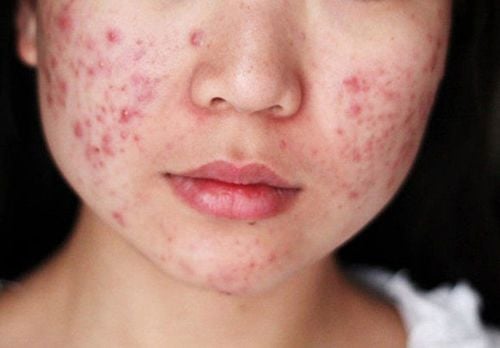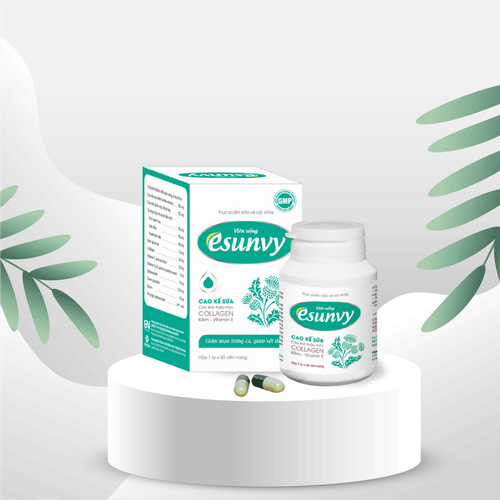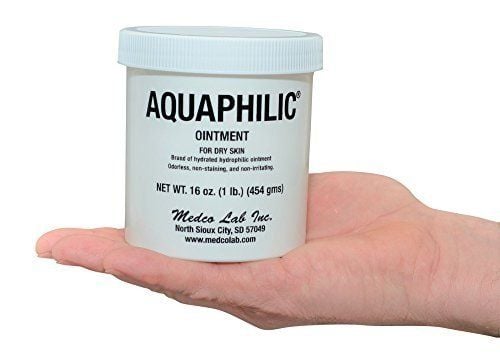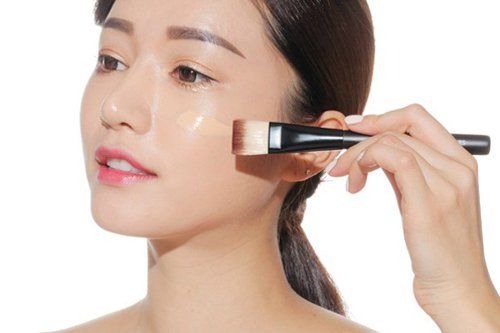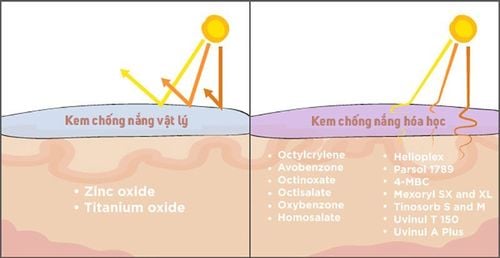This is an automatically translated article.
Dry skin is a common skin condition in both men and women for many reasons. Understanding and applying the information related to early diagnosis of dry skin will play an important role in taking quick and effective skin care and treatment measures.
1. Dry skin
1.1. Diagnose
Dry skin is a skin condition with symptoms of skin discoloration caused by a skin pigmentation disorder due to an abnormal loss or increase in skin color. This change is recognized by the appearance of black or white spots on the skin. However, they can vary depending on size, location, or color. Here are the different symptoms of each type of skin discoloration:
Vitiligo : The skin loses its natural color, appearing as lighter patches that can occur anywhere on the body. Melasma: brown or gray patches appear around the face. Lentigo: There are many types of lentigo including the common, solar lentigo.... Their symptoms include flat spots that range in color from brown to dark brown or black. Freckles: Small brown spots on sun-exposed skin. Birthmark: Brown spot, oval with irregular edges. Birthmarks (Mongolian spots): Blue to black patches on the back or buttocks around the time of birth Albinism: Loss of color in the skin, hair, and eyes. Tinea Versicolor: Small, discolored patches that are lighter or darker than normal skin color, often appearing on the torso and shoulders of the body. Post-inflammatory hyperpigmentation: After an injury or infection, the skin in that area turns dark.
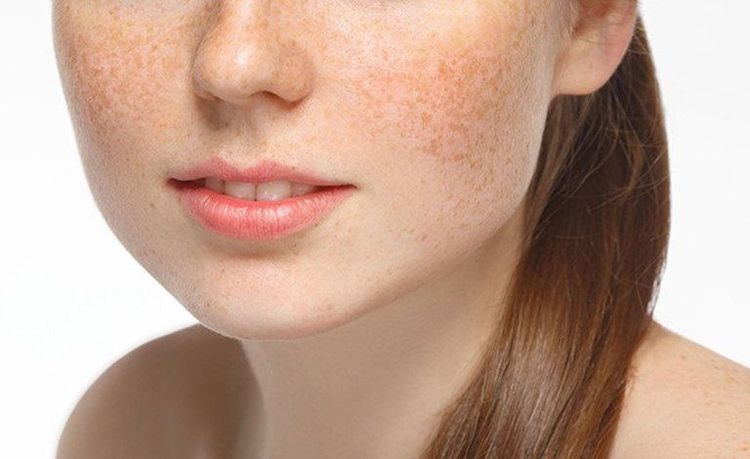
Da khô sạm có thể gây ra tình trạng nám
1.2. To solve
Treatment for tanning depends on the cause of the tan or discoloration.
If a person has a skin condition that is caused by risk factors, a dermatologist will advise on treating the condition first, and then addressing any issues. related to skin condition.
If the cause of the skin condition is skin cancer, it is important to get it treated as soon as possible.
Birthmarks and pigmentation disorders usually do not require treatment. However, some people may want treatment for cosmetic reasons. The doctor may then offer a number of treatment options including:
Laser therapy: Using strong light to lighten dark areas of skin. Topical creams: Prescription hydroquinone or retinol (vitamin A) creams can help reduce the appearance of dark patches. Chemical peels: Chemical peels containing salicylic acid and glycolic acid can be used to remove the outer, discolored skin. Lemon juice or castor oil can also help reduce the appearance of discolored skin patches. In addition, some people may choose to wear makeup to cover their skin imperfections.
1.3. Care
In addition to the above-mentioned treatments, people who have tanned skin or completely discolored skin can use some of the following methods to help improve skin discoloration at home:
Use some types Vitamin A cream or vitamin E cream can help reduce the appearance of discolored skin patches and promote overall skin health. Lemon juice: Drink lemon juice twice daily to lighten dark spots. This can reduce the appearance of discolored patches of skin in 6 - 8 weeks. Castor oil: Apply castor oil to discolored areas twice daily or wear a bandage soaked in castor oil overnight to help smooth the skin and break down excess melanin. Vitamin C: Eat foods rich in vitamin C, an essential nutrient for skin health. Fruits high in vitamin C include cantaloupe, oranges, and pineapples. Drink tea: Drinking tea made from burdock, red clover, or milk thistle can reduce skin discoloration.

Bổ sung vitamin C giúp cải thiện da khô sạm
2. Dry, wrinkled skin
2.1. Diagnose
The first sign that can be most clearly seen is the appearance of wrinkles on the surface of the skin. This skin condition is caused by the sun, tobacco, dehydration, certain medications, and environmental and genetic factors that affect when and where wrinkles appear. Most wrinkles tend to appear on areas of the body that are most exposed to the sun, especially the face and neck, and the backs of the hands and arms. Some wrinkles can become crevices or deep wrinkles and can be especially noticeable around the eyes, mouth, and neck.
2.2. To solve
Most of the basic wrinkle treatments are to reduce the appearance of superficial wrinkles. For deeper wrinkles, more complex methods such as plastic surgery or filler injections are needed.
Retinoids derived from vitamin A have the ability to reduce wrinkles. This drug can help the skin easily limit the harmful effects of sunlight, so it is necessary to use it with a skin care regimen to better protect the skin. However, there are some possible side effects including dryness, burning, tingling, and redness.
Over-the-counter anti-wrinkle creams are effective for this skin condition and are recommended for use in treating wrinkled skin.
The treatment results are relatively good when using products containing ingredients such as retinol, alpha hydroxy acids, kinetin, coenzyme Q10, copper peptides and antioxidants.
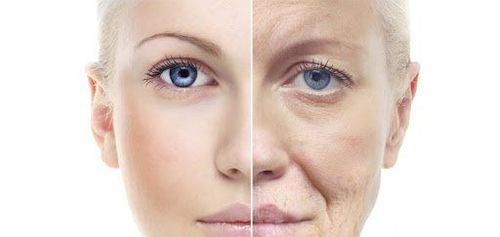
Da khô nhăn nheo sẽ có nếp nhăn trên bề mặt da
2.3. Care
Protect your skin from the sun. Limit time in the sun, especially midday, always wear long-sleeved clothing, a wide-brimmed hat and sunglasses, and use sunscreen when exposed to the sun. Apply sunscreen with an appropriate sun protection factor and reapply every two hours or more often if you are swimming or sweating. Moisturize your skin regularly.
No smoking. Quitting smoking can improve skin tone and texture, and prevent wrinkles. Have a healthy diet, to supplement some essential vitamins to help protect the skin.
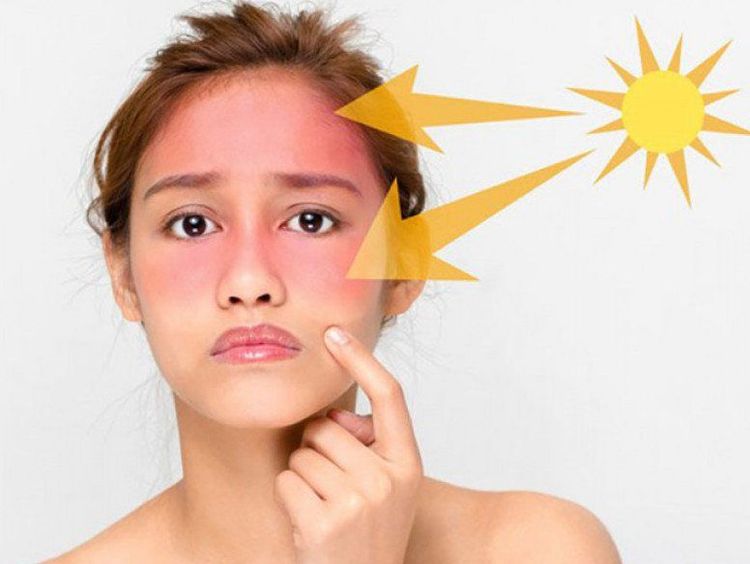
Hạn chế ánh nắng mặt trời giúp bảo vệ làn da
3. Dry itchy skin
3.1. Diagnose
Itchy skin may appear on certain small areas, such as on the arms or legs or on the whole body. Itchy skin can occur without any other noticeable changes to the skin or it can have the following signs:
Reddened areas Bumps, spots, or blisters Dry, cracked skin Rough or scaly skin Sometimes itching is persistent and can be intense. When you rub or scratch the itchy skin, the itching in the skin increases.
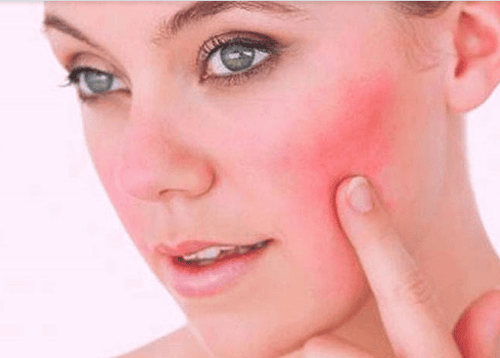
Ngứa da có thể đi kèm với vùng da đỏ lên
3.2. To solve
Treatment of itchy skin focuses on finding the cause of the itch and eliminating it. If home remedies don't ease the itch, a dermatologist can offer some treatment advice like this:
Corticosteroid creams and ointments. Other creams and ointments that contain calcineurin inhibitors, such as tacrolimus (Protopic) and pimecrolimus (Elidel). Antidepressants called selective serotonin reuptake inhibitors, such as fluoxetine (Prozac) and sertraline (Zoloft), may be helpful in relieving some types of chronic itching. Light therapy (phototherapy).
3.3. Care
Daily moisturizing. Use a hypoallergenic moisturizer at least once a day. Use creams, lotions or gels that soothe and cool the skin. Avoid scratching whenever possible. Trim your nails and wear gloves at night. Take a warm bath. Reduce stress. Use anti-allergy medication. Use a humidifier in your home. Wear loose clothing. This helps keep the skin cool and relieves itching.
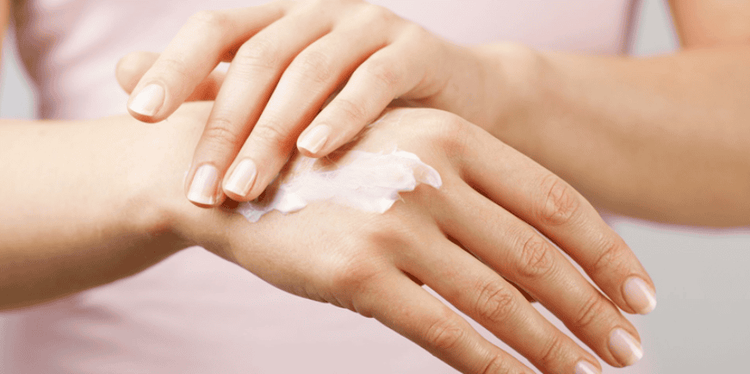
Sử dụng kem dưỡng ẩm để ngăn ngừa da khô ngứa
4. Conclusion
Some of the skin conditions that can be encountered in case of dry skin are tanning, wrinkled skin or dry itchy skin. This causes unpleasant sensations related to both health as well as aesthetics. Therefore, regular skin care and daily cleaning habits are essential for healthy, smooth skin. When skin problems after home care do not show signs of deterioration, it is necessary to immediately go to dermatology facilities for advice and proper treatment.
References: medicalnewstoday.com;skymd.com;healthline.com; mayoclinic.org.




